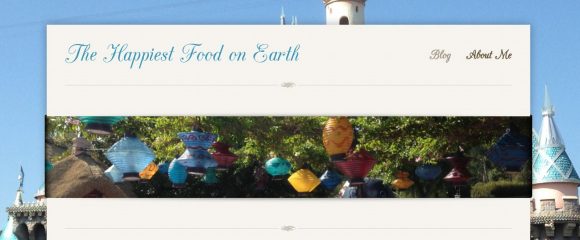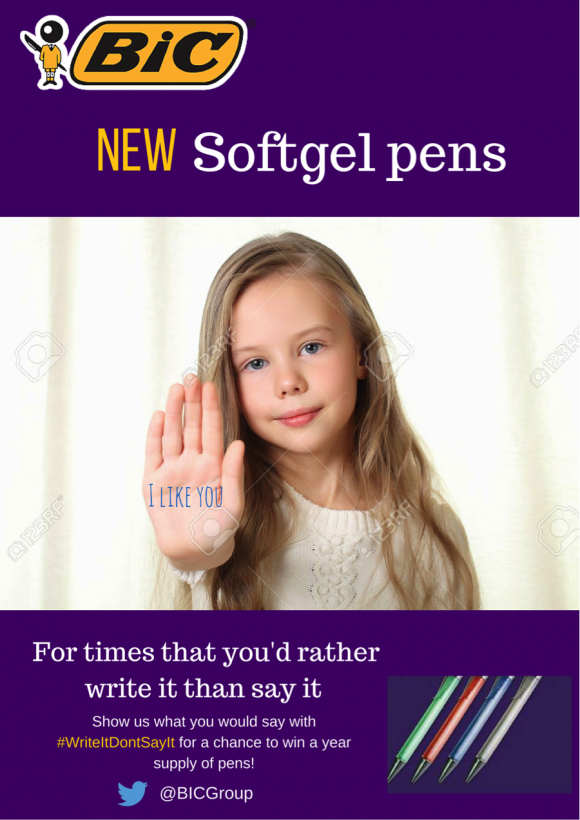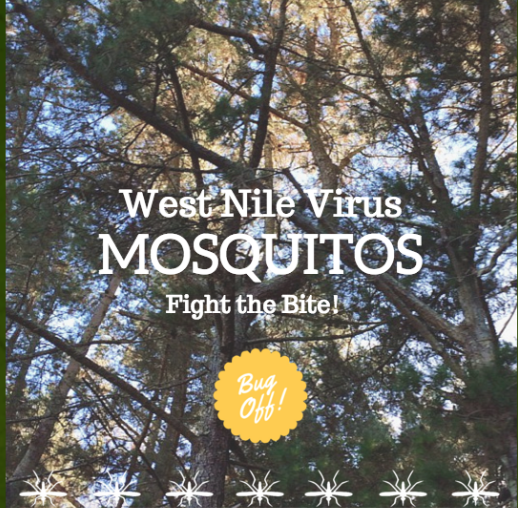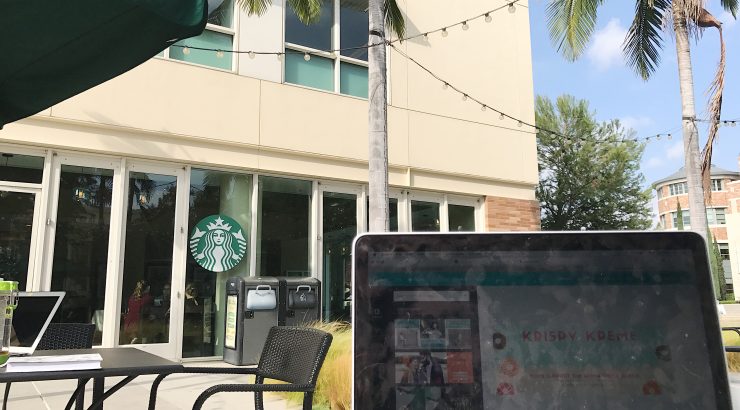Message Design I A Course Review
November 21, 2018
By: Juliana Nalbandian, Gina Pasquinelli, Yalissa Cortes and Faith Escalera
“Message Design? What’s that?” That’s exactly what we thought as we registered for our Message Design I class. Little did we know that this class would encompass everything the strategic and corporate communication major is all about. During the first couple weeks of class, we learned the basics about message design that can be applied to many different contexts. Many aspects need to be taken into consideration in order for a message to truly be persuasive and strategic.
Designing the Message

Great. We now know how to formulate a message, now what about actually designing a message? A huge part of our class involved the website Canva, which helps you design anything from a social media post to a resume, all user-friendly and of course, free. Assignments would range from re-designing a previous advertisement with poor messaging to developing our own message based on a company’s need. Here’s a re-design of a Macy’s advertisement that initially had poor messaging. It was super interesting to see how everyone in the class had different approaches to the same assignment, yet we’re all on the same page about what makes a message successful.
Me? A Blogger?

After we learned how to formulate and design a message, we were able to use these skills to create a personal blog, where we had complete creative freedom (as long as we designed effective messages). Our assignment was to create a blog about something we loved or were passionate about. People created blogs about everything from Disneyland to boba tea! We created a brand feeling, selected a target audience, and designed blog posts to match the brand and appeal to the audience. We presented our blogs to the class and it was really interesting to see all of the different topics our classmates were passionate about.
A Lesson or Two on Ethics
While we learned how to craft effective messages to a mass audience through our blogs, we also learned how to do so in the workplace. A portion of our class focused on mass messages within an organization, and we looked closely at the case of Marissa Mayer at Yahoo. In February 2013, Mayer decided to no longer allow employees to work from home and had her head of HR send out an email addressing this, upsetting many employees. The email was poorly crafted and showed little sympathy for Yahoo employees. Soon after, Mayer had a nursery built at her office. This series of events created controversy within the Silicon Valley community, especially considering Mayer had seniority and felt she was entitled. The hypocrisy displayed through the email and in the events that followed provided a memorable example of how not to design an effective message.

One of our final in-class assignments was to evaluate a Bic pen advertisement and redesign the message to make it ethically sound. The campaign for the Bic softgel pens advertised Bic as, “Helping Students Cheat Since 1945.” Though this may appeal to some audiences, part of designing a persuasive message includes applying ethical and culturally sensitive practices, which was not done in this ad. We were given the chance to completely change the campaign using the skills we learned in class, from appealing colors to message framing.
Pulling it All Together
 Towards the end of the semester, we formed small groups and completed a message design plan for non-profits, companies, etc. The goal for this assignment was to design a stronger message strategy for the company using all the tools we learned in class, such as Canva. As a group, we constructed an overarching message platform, created a list of 5 Rude Q’s & A’s, and determined three channels of communication crucial to that message delivery per intended audience, with a justification of our choices, proven by audience research. Some companies and nonprofits assigned to us were Colourpop, The Pie Hole, and West Nile Virus. This project was one of the biggest assignments we were given but also one of the most hands-on and rewarding.
Towards the end of the semester, we formed small groups and completed a message design plan for non-profits, companies, etc. The goal for this assignment was to design a stronger message strategy for the company using all the tools we learned in class, such as Canva. As a group, we constructed an overarching message platform, created a list of 5 Rude Q’s & A’s, and determined three channels of communication crucial to that message delivery per intended audience, with a justification of our choices, proven by audience research. Some companies and nonprofits assigned to us were Colourpop, The Pie Hole, and West Nile Virus. This project was one of the biggest assignments we were given but also one of the most hands-on and rewarding.
Overall, we enjoyed taking this class, and it worked as a foundation for the upper division classes of the SCC major. The concepts we learned through these assignments, we have used throughout our time at Chapman, as well as in our jobs and internships. It’s what ultimately makes the SCC major stand out from the rest, through having a direct real-world application!


